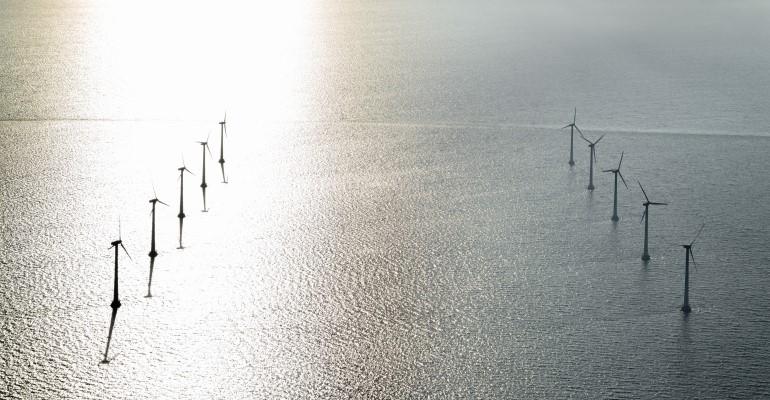NYK is one of four companies chosen to work on the “development of basic technologies for a multi-purpose and multi-terminal high voltage direct current transmission system,” the “development of construction methods for the installation of cable protecting system, etc.” and the “development of new cable-laying vessels, etc.”
The JPY1bn ($7.0m) project is set to run from 2023 to 2025, and involves NYK Line, Mitsui O.S.K. Lines, Sumitomo Electric Industries, and Furukawa Electric Co.
NYK will be responsible for developing DC cable-laying vessels to aid in the development Japan’s wind power industry and the efficient transmission of power from generation sites like Hokkaido to areas with high demand.
The project aims to develop essential technologies for the long-distance subsea distribution of DC power in Japan’s unique sea and weather conditions. Targets include lower costs for grid reinforcements and shorter construction periods.
Japan’s prime wind generating areas like Hokkaido, Tohoku, and Kyushu, are far from power demand centres, and so the development of power transmission technology is key to increasing the share of renewable energy in the nation’s power mix.
Some of the necessary routes for cables include areas where the cable will lay on top of rock rather than buried, hence the inclusion of cable protection in the project. That part of the initiative will look to develop ducting to protect cables, with a focus on minimising the cost of installing ducting and co-ordinate with developments on the cable laying vessel side.
The benefits of DC transmission are lower power loss than AC, and there are benefits in the cost of the power lines, said NYK.
Copyright © 2024. All rights reserved. Seatrade, a trading name of Informa Markets (UK) Limited.
Add Seatrade Maritime News to your Google News feed.  |

